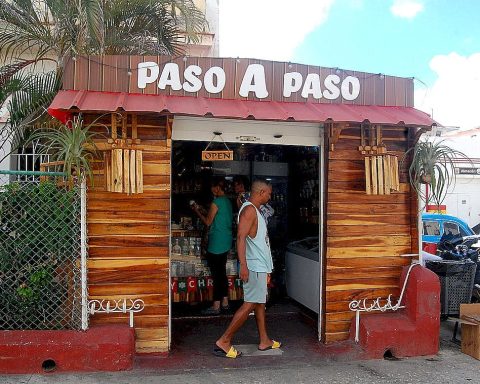Oil prices continued to rise on Wednesday due to the possibility of a reduction in supply by OPEC and its allies in Opec+. The price of a barrel of Brent from the North Sea for January delivery ended up 2.89% at $85.43 in London.
(Read: December usury rate will be 41.46%, the highest since 2007).
While andhe West Texas Intermediate (WTI) for January gained 3.00% to $80.55 in New York. “Operators see two elements of support” for prices in the coming days: “the Opec+ decision” that it could opt for a new production cut at its meeting on Sunday, and the difficulties of the European Union in agreeing on a price cap for Russian oil, explained Edward Moya of Oanda.
For Stephen Schork, analyst and author of the Schork Report, several technical indicators indicate that supply is greater than demand. Exists “a concern about a possible contraction of the economy“, Schork explained, “both in North America and in China due to sanitary restrictions” and “that increases the probability that OPEC will lower its production and the market is integrating” that scenario.
Finally, a massive drop of 12.6 million barrels was reported on Wednesday of commercial reserves in the United States last week, according to data from the US Energy Information Agency. “With the high margins” that refined products are offering relative to crude oil prices, “refiners are picking up the pace,” summed up Andrew Lebow of Commodity Research Group.
(Also: What factors determine the rise in prices in Colombia?).
“Crude demand was high last week” in the United States, insisted the analyst. In addition, a 14% drop in imports and a 16% rise in exports also explains the surprising drop. In addition, strategic reserves also fell, 1.4 mb, the last week.
AFP
















